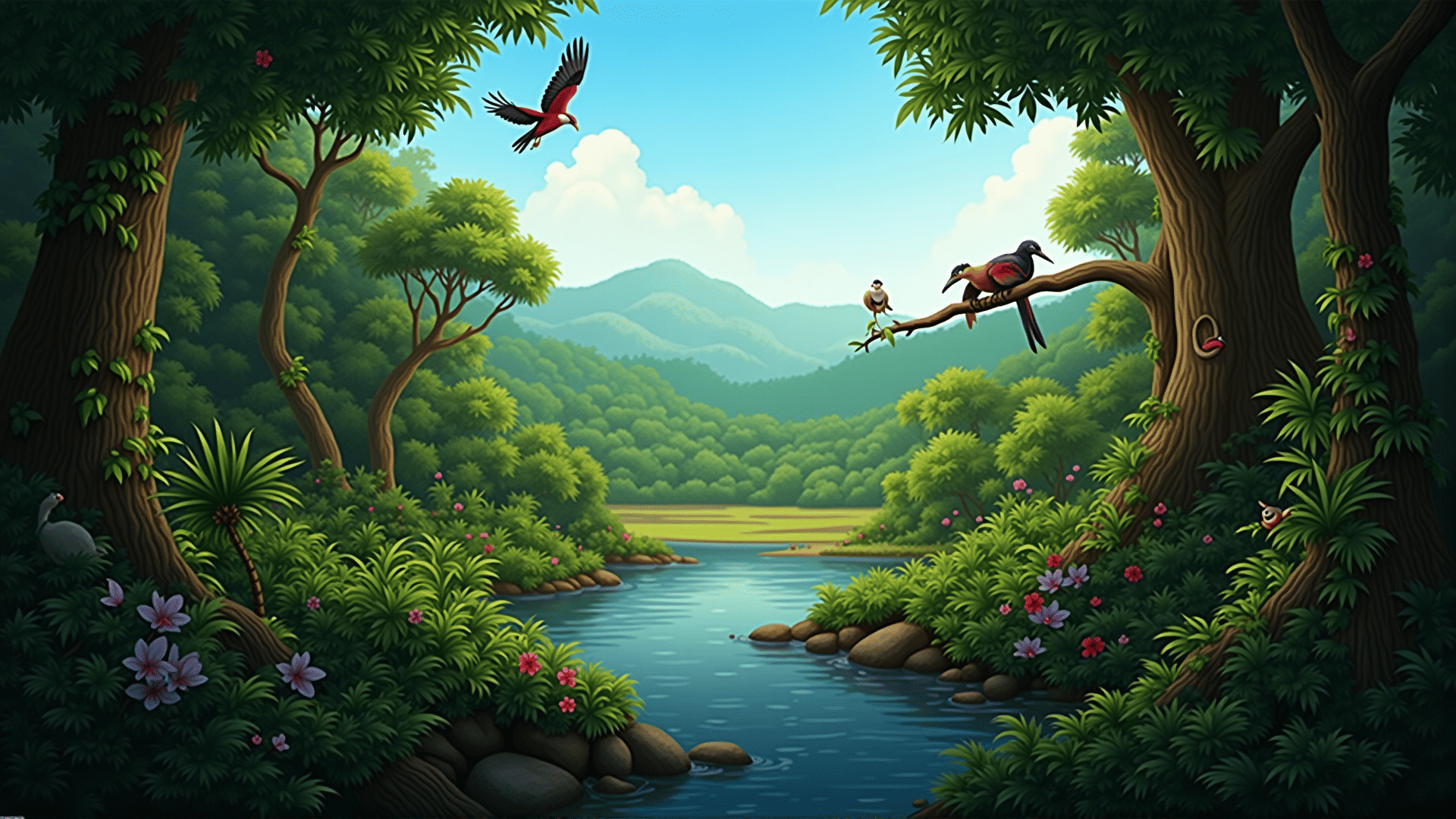The Philippines is renowned for its rich biodiversity, hosting a multitude of ecosystems that are home to countless species of flora and fauna, many of which are found nowhere else on Earth. Protecting these natural habitats is not only essential for preserving the country's unique wildlife but also crucial for maintaining ecological balance.
The archipelago's diverse environments, from lush rainforests to vibrant coral reefs, play a vital role in supporting life and providing essential services such as clean air, water filtration, and climate regulation. However, these ecosystems are increasingly under threat due to human activities and environmental changes.
One of the primary challenges faced by the Philippines is deforestation. Illegal logging, agricultural expansion, and urbanization have led to the devastating loss of forest cover, endangering species and diminishing natural resources. To combat this, community-driven reforestation projects are emerging, with local and international organizations joining forces to plant native trees, restore degraded lands, and promote sustainable land-use practices.
Marine ecosystems also demand urgent attention. Overfishing, pollution, and destructive practices such as dynamite fishing have put significant pressure on the country's coral reefs and coastal areas. Conservation groups are actively working to establish marine protected areas, where fishing and human interference are restricted. These sanctuaries allow marine life to thrive, helping restore fish populations and protect the delicate balance of the oceanic environment.
Moreover, education and community involvement are key components in the conservation effort. By raising awareness about the importance of biodiversity and sustainable living, communities can become more engaged in protecting their natural surroundings. Environmental education programs are being implemented in schools and local communities, fostering a sense of responsibility and stewardship for the next generation.
Indigenous communities, often the stewards of the land, play an invaluable role in conservation. Their traditional knowledge and sustainable practices offer a wealth of understanding and techniques for maintaining ecological health. Collaborating with these communities ensures conservation strategies are culturally sensitive and more effective.
To support these efforts, increasing the availability of data on biodiversity and environmental health is essential. Research and monitoring can provide insights into trends and changes in ecosystems, guiding decision-making processes and adaptive management strategies.
The call for action is a collective one. While policy frameworks and governmental support are crucial, individuals can also make a significant impact. Simple acts like reducing waste, supporting eco-friendly products, and participating in local conservation activities contribute to the larger goal of protecting the Philippines' natural habitats.
In conclusion, safeguarding the Philippines' ecosystems requires a multifaceted approach, involving reforestation, marine protection, community engagement, education, and policy support. Through collaborative efforts, we can ensure these natural treasures are preserved for future generations, maintaining the ecological integrity that is vital to life on these beautiful islands.
